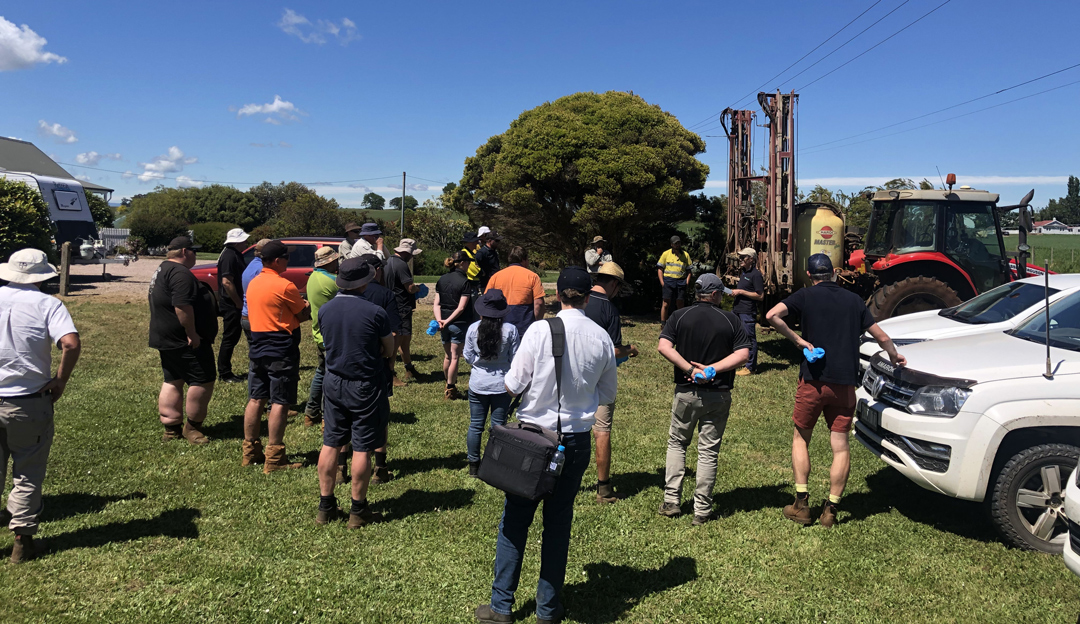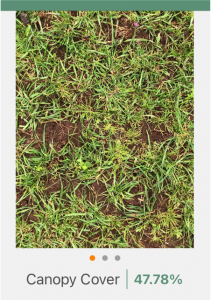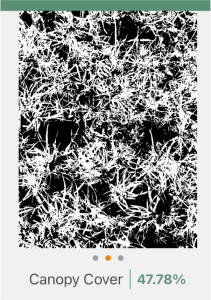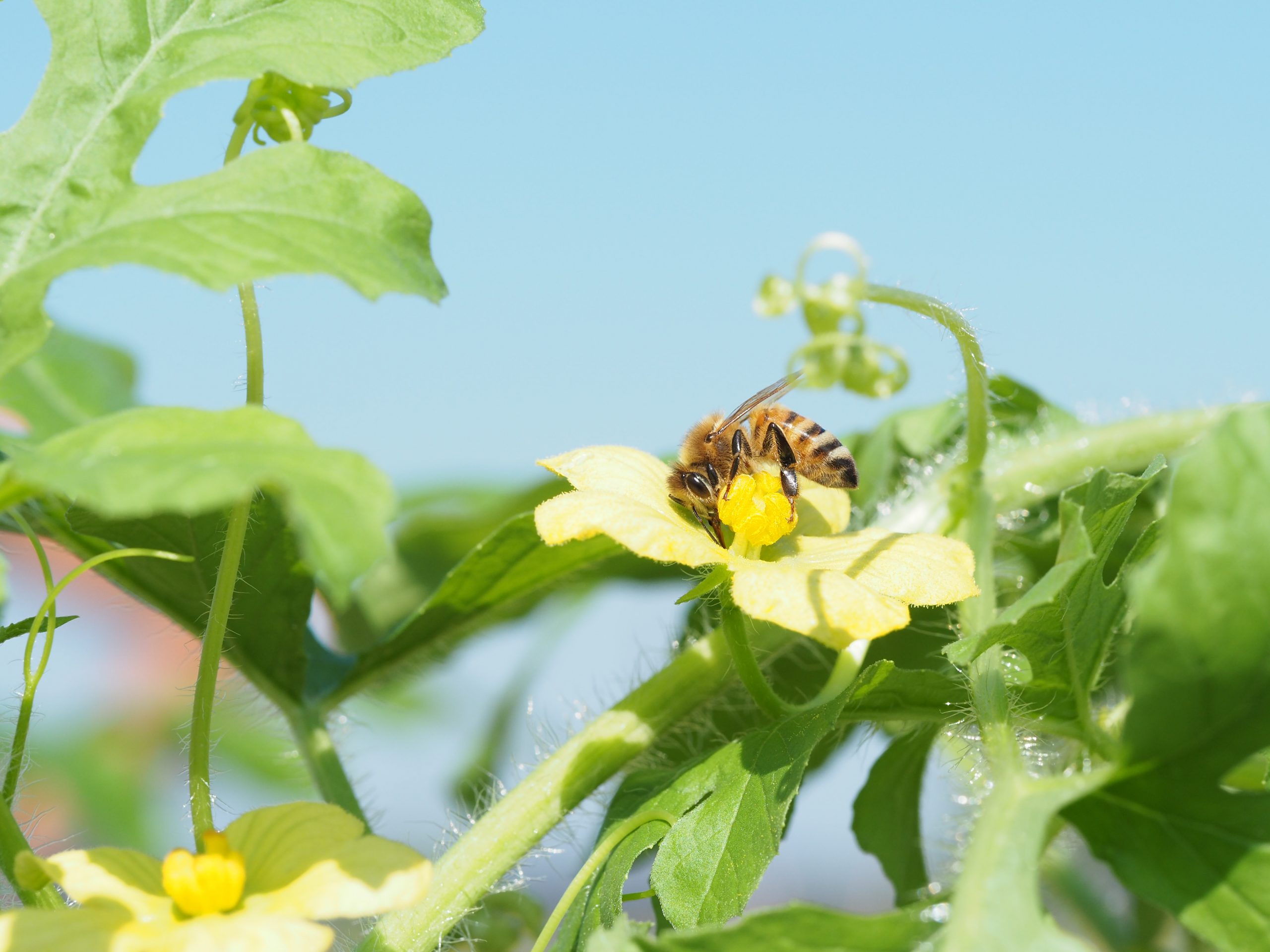
Understanding and managing cucumber green mottle mosaic virus
28 February 2022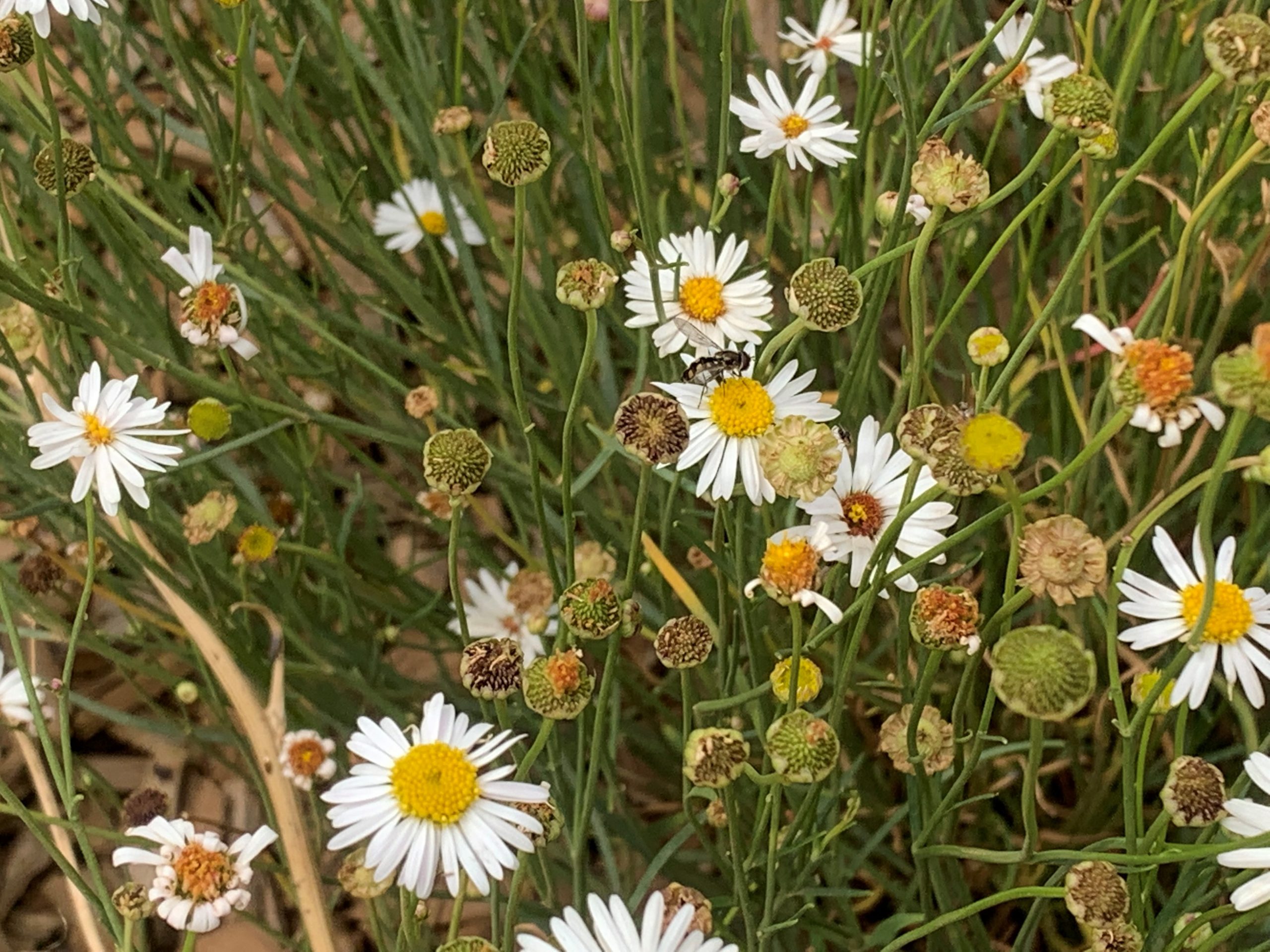
An update from VegNET – Victoria (North, West and South-East regions)
28 February 2022Early summer is always a busy time for the vegetable industry in Tasmania. This year was no different, with VegNET – Tasmania hosting a number of events that focused on spray application fundamentals and cover cropping. Regional Development Officer Ossie Lang outlines some of the lessons learned and where more information can be found.
VegNET – Tasmania teamed up with the local Serve-Ag team for a spray workshop with Don Thorp from Horticultural Spraying Specialists. This workshop helped growers and spray operators focus on the fundamentals and how they impact spray application. Don’s approach is, “if you’re going to spend the time and money on applying a spray, why not put the effort in to get it right the first time?”
The fundamentals outlined included:
- Environment – weather and crop conditions.
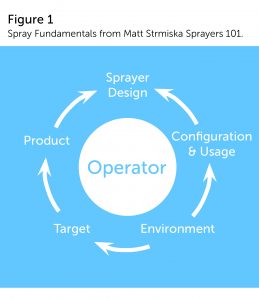
- Product – active ingredient, quality of formulation, wetters.
- Configuration/Usage – speed, boom height, nozzle choice.
- Sprayer design – pump specifications, boom design.
- Target – leaves, florets, soil, stems.
- Operator – training and experience.
The operator sits at the centre of the fundamentals and ultimately will be key in the success of spray applications. While the environment is outside the operator’s control, the conditions can be planned to ensure that the best possible timing is used. The product is generally determined by the operator results from advice given by agronomists and reputable chemical resellers.
The other three fundamentals – target, sprayer design and configuration and usage – were the main topics of the workshop as they are within the control of the operator and all impact on the coverage achieved in the application.
Don reinforced that while the practicalities of farming meant that spraying isn’t always done in optimum conditions, the more we get the fundamentals right, the better our chance of success and the longer we preserve the chemistry we have.
Following the classroom session, Don took the group into the field to demonstrate some of the simple things spray operators can do to improve spray coverage.
“The main thing I took away from the session was that you should continually check the unit and what you are doing to make sure you are getting your spray where it needs to be,” one of the attendees and local grower, Scott Rockliff from Skelbrook Produce, said.
Cover crop focus
VegNET – Tasmania also assisted in the delivery of a cover crop farm walk at the Hagley Farm School demonstration site. This demonstration site is funded through a Smart Farms Small Grant.
The site is managed by the Tasmanian Agricultural Productivity Group (TAPG) in conjunction with the Tasmanian Institute of Agriculture (TIA) and Serve-Ag. The demo site is currently a commercial paddock of pe
as. The farm walk gave participants the chance to see how the peas have established following a winter cover crop and to hear about the progress the paddock has made over the last three years, as well as how the cover cropping may have influenced that progress.
Permanent monitoring points were established and have been monitored through the life of the project. These are sampled every year and have been tested for soil microbial activity.
The first testing in 2019 showed microbial activity that was quite low, with a score of only 45 out of a potential 100. However, the last two test results in 2020 and 2021 have shown quite a turnaround, with activity levels scoring at 90 in the second year with a further increase to a score of 93 in 2021.
These increases have been achieved throughout commercial crops of poppy and ryegrass seed, with cover crops in between and then into the current commercial pea crop.
Further findings
The last cover crop was established in April 2021, using two different methods. These methods were direct drilling into the ryegrass stubble and a more conventional working of the soil and sowing into the worked ground.
The paddock was split in half to examine how these techniques may impact on the cover crop and the pea crop that has followed. The team has taken penetrometer readings and canopy photos just prior to the sowing of the pea crop. Early indications were that the zero till method had less compaction below 10 centimetres but penetrability was similar to the conventional tillage in the top 10cm of the profile.
Based on canopy imagery, the cover crop establishment was slightly better in the zero till part of the paddock. These results will be compared against the yield mapping after the pea harvest to see the influence of the cover crop establishment methods on commercial production.
The microbial activity was tested for using Microbe Wise tests for soil from Microbiology Laboratories Australia, conducted by AgVita Analytical Services. The canopy photos were taken and analysed using the app Canopeo.
This cover crop project will be on show at the annual Ag Innovation Day hosted by TAPG at the Hagley Farm School. This is currently planned for 28 April. Sign up to the VegNET – Tasmania email list or follow us on social media to find out more.
Find out more
Please contact Ossie Lang on 0430 380 414 or email ossiel@rmcg.com.au.
Follow us on social media: Facebook: @VegNET.Tas and Twitter: @VegNET_Tas.
VegNET 3.0 is a strategic levy investment under the Hort Innovation Vegetable Fund.
This project has been funded by Hort Innovation using the vegetable research and development levy and contributions from the Australian Government.
Project Number: VG21000
Cover image: Workshop attendees gather around the spray unit to discuss some of the maintenance fundamentals.

